ANTARTICA’S DOME A, 4,000 metres above sea level and near the centre of East Antarctica, is one of the best places on Earth from which to observe space. The Antarctic convention is that, when more than one country has a scientific interest in an area of the continent, such as Dome A, that country may suggest a ‘code of conduct’; if accepted, that country manages the area’s use. At the annual summit of nations with a presence in Antarctica, held in late July 2019 in the Czech Republic, the People’s Republic of China (PRC) proposed a code of conduct for Dome A. The Australian government, which claims sovereignty over forty-two percent of the Earth’s southernmost continent, firmly rejected the proposal.1
Scientists maintain that Antarctica holds large reserves of natural resources. It is also strategically located for military and space operations. Although the landmass is covered in ice, several countries including Australia and China maintain both seasonal and permanent stations in the region.2 Australia’s sovereignty claim is historical. Between 1911 and 1914, a group of Australians led by Sir Douglas Mawson undertook the country’s first expedition to the Antarctic aboard the wooden ship, SY Aurora.3 However, Australia’s territorial claims in the Antarctic date back to 1841, when the British government claimed ‘Enderby Land’ in the north-east of the continent. The British government formally transferred the territory to Australia in 1933.4

SY Aurora on the Douglas Mawson Antarctic expedition
Source: Frank Hurley, National Archives of Australia
Beijing’s proposed code of conduct is part of several Chinese activities in Antarctica that have raised questions about its intentions.5 In 2016, with China’s presence in the region on the rise and growing concern that Beijing intends to challenge legal and operational norms there, the Australian government proposed a policy to protect and maintain the
status quo.6
China’s interest in the Antarctic is not new, however. In 1977, the Chinese government requested permission for Chinese scientists to take part in an Australian Antarctic expedition; two participated in Australia’s 1979–1980 annual austral-summer Antarctic expedition.7 In 1981, Australia invited five Chinese scientists ‘in the hope that, through this assistance, [Australia] could influence China’s future policies on Antarctica in Australia’s favour’.8 The Chinese government, working cooperatively with the Australian government, built its second Antarctic base in 1989 on Australian Antarctic Territory. By 2019, China had five bases there, including the Kunlun base, built in 2009, on Dome A.
Since establishing its first base in 1985, China has become a leading polar player and the nation with the biggest national investment on the continent.9 Beijing’s large-scale investment in the region has raised concerns that, in the long term, Beijing will challenge existing territorial claims, develop bases in strategic locations, block freedom of operations in the region, and engage in resource exploitation contrary to the existing Antarctic Treaty System (ATS).10
The ATS is the continent’s system of governance. Member nations of (or parties to) the ATS meet annually to discuss pressing issues. Only consultative parties that have demonstrated their interest in Antarctica by ‘conducting substantial research activity there’ may take part in decision-making processes.11 The ATS consists of the Antarctic Treaty, which was enacted in 1959 and came into force two years later, and the Madrid Protocol, which was enacted in 1991 and came into force in 1998; Australia is an original signatory to both. China ratified the Antarctic Treaty in 1983 and gained consultative status with voting rights in 1985. It is also a signatory to the Madrid Protocol.12
Scholars have warned that the ATS is too weak to regulate the ambitions of Beijing (and Russia) or to guarantee the long-term interests of Australia and other claimant states. ANU Antarctic expert Elizabeth Buchanan, writing in The Strategist in September 2019, argues:
The Antarctic Treaty System worked well in the 1960s, when nuclear weapons were seen as the key to global security. But this Cold War peace agreement is inadequate to respond to the security challenges of the 2020s.13
She and other observers suggest that the strategic importance of the Antarctic region to China’s military and global political ambitions will likely outweigh Beijing’s deference to the ATS.14 Arguing that the ATS is less a ‘long-term fix’ and more of ‘a stop-gap solution to the issue of who owns the continent’, Buchanan notes that Cold War fears of a ‘red continent’ have materialised, with China ‘the emerging heavyweight there’ (and notably, an active Russian presence as well).
Another point of concern over the viability of the ATS, through which territorial claims in the Antarctic are managed, is whether China may start to challenge existing claims or make its own. There are currently seven claimants to the continent: Australia, Argentina, Chile, France, Norway, New Zealand, and the United Kingdom. Marie Byrd Land in West Antarctica is unclaimed, while only New Zealand, the United Kingdom, France, and Norway recognise Australian sovereignty in Antarctica.
New Zealand scholar Anne-Marie Brady, author of China as a Polar Great Power, has pointed out that, while the ATS currently prevents new claims, from 2049, the treaty system will be open for modification or amendment, which may pave the way for Beijing to challenge the status quo.15
In contrast, legal scholar Nengye Liu of Adelaide University argues there are enough safeguards within the ATS to prevent China from undermining the current system: ‘The Chinese Government is in persistent support of the purposes and gist of the Antarctic Treaty, and has been committed to safeguarding the stability of the ATS.’16 Liu notes that
although the Antarctic Treaty may be modified or amended at any time, unanimous agreement of the contracting parties must be achieved to do so. It is a mission impossible for China to persuade all other consultative parties so as to amend the Article IV to facilitate any potential claim.17
Liu warns of the dangers of exaggerating the threat posed by China to Australia’s interests. Yet the Australian government has begun to take a tougher approach to China’s presence in the region, announcing the Australian Antarctic Strategy and 20 Year Action Plan at the end of 2018, which will assert Australia’s interests in the region and work to protect the ATS.18
The strategy encompasses the maintenance of freedom of navigation in the Antarctic, the preservation of Australian sovereignty over its territorial claims, support for ‘a strong and effective Antarctic Treaty system’, and increased funding for ‘world-class scientific research consistent with its national priorities’.19
China’s growing presence in the Antarctic is likely to continue to raise concerns about its intentions and its effects on the existing legal framework and territorial claims, particularly if relations between Beijing and Canberra continue to deteriorate. It may not be Cold War II just yet, but ‘cold power’ games in Antarctica are well and truly under way.
However, within this hypersensitive milieu, Beijing’s capacity to undermine the ATS may be overestimated. While it may be too early to understand Beijing’s true intentions in the Antarctic, Australia and other countries seem poised to keep an eye on China’s operations in the region.



